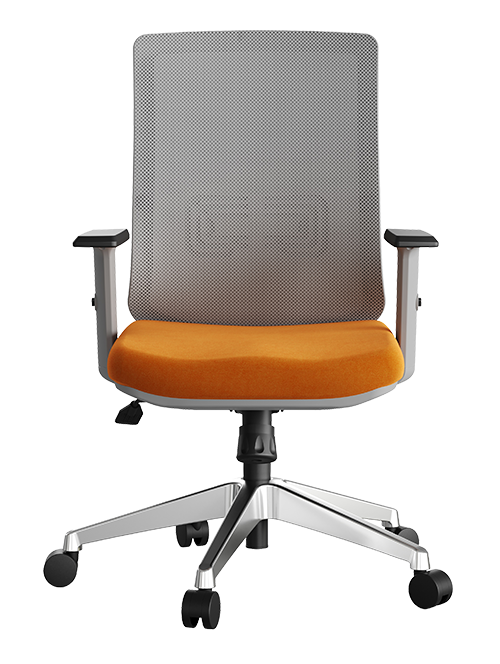Hybrid Working : What it means & Implementation
Hybrid Work: What It Means, and How Organizations Will Effectively Structure It Moving Forward.
When organizations began to respond to the pandemic, almost everyone started to ‘work from home’. That phrase ‘work from home’ made perfect sense, because literally, that’s what everyone was doing. No lack of clarity there. Now, as organizations have started implementing their return plans, some phrases are being used that may need a bit of clarification, like ‘hybrid work’ or the ‘hybrid workplace.’
Looking for a phrase that implied more flexibility and could include a range of work settings, ‘Hybrid Workplace’ has become the new standard. It works well because, first, it includes workplace options we already know – work from home and work at the office – while also giving space for other options – the so-called ‘3rd space’, a term first used by Ray Oldenburg in his 1989 book The Great Good Place.¹ And because the 3rd place includes coffee shops, parks, libraries, coworking, hotels, airport lounges, etc., it works very well for the current situation.

Oldenburg, Ray. The Great Good Place, DaCapo Press, 1989
So – with that clear definition, let’s explore how hybrid work factors into an organization’s long-term real estate or workplace strategy. And how it builds on both the organization’s and its employees’ experiences during the last 20+ months where new ways of working, collaborating, knowledge sharing, and supporting community have been experienced.
Now that organizations have actually begin returning to the workplace, the question is – how will ‘hybrid work’ work? At its core, hybrid work implies a level of adaptability; just want adaptability means is uncertain and will vary from organization to organization. And while there is significant variance in whether organizational leaders believe ‘relaxing the rules’ around office presence will impact productivity, there is general agreement that this really depends on job functions, the work to be completed, the quality of workspaces outside the office, and using appropriate technologies.² Also, providing employees this flexibility as well as the autonomy to integrate the flexibility as they see fit will likely improve recruiting and retention.³
- Will Relaxed Rules About Hybrid Work Improve Productivity and Performance? MIT SMR Strategy Forum, October 27, 2021
- Forget Flexibility. Your Employees Want Autonomy, Holger Reisinger, Dane Fetterer, HBR, October 29, 2021
We believe organizations will need to take the following steps in order for hybrid work and the hybrid workplace to be effective include:
- Let go of old assumptions about work – like ‘if people aren’t in the office, they’re not productive’ and ‘the same rules should apply to everybody.’
- Assess job functions and work processes to determine which are most effective when completed in the office, at home, or in the 3rd space, i.e., activities like iterative collaboration work best face to face in the office while administrative or data analysis tasks may be effectively completed outside the office
- Based on the assessment of job roles and activities, define the workplace locations and specific work setting that will support these different functions. This will likely result in more collaboration space and fewer individual workspaces in the office.
- Maximize the adaptability designed into workspaces to simplify future requirements for change. This may include using modular planning or establishing a ‘Kit of Parts’ strategy.
- Engage employees at all levels of these decision-making processes. This will streamline the change process and demonstrate to employees that they are appreciated, and their insights valued.



